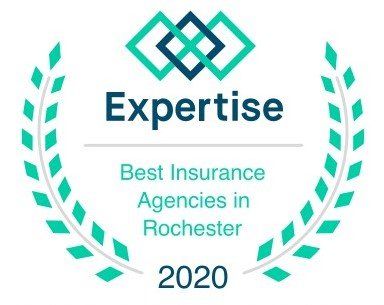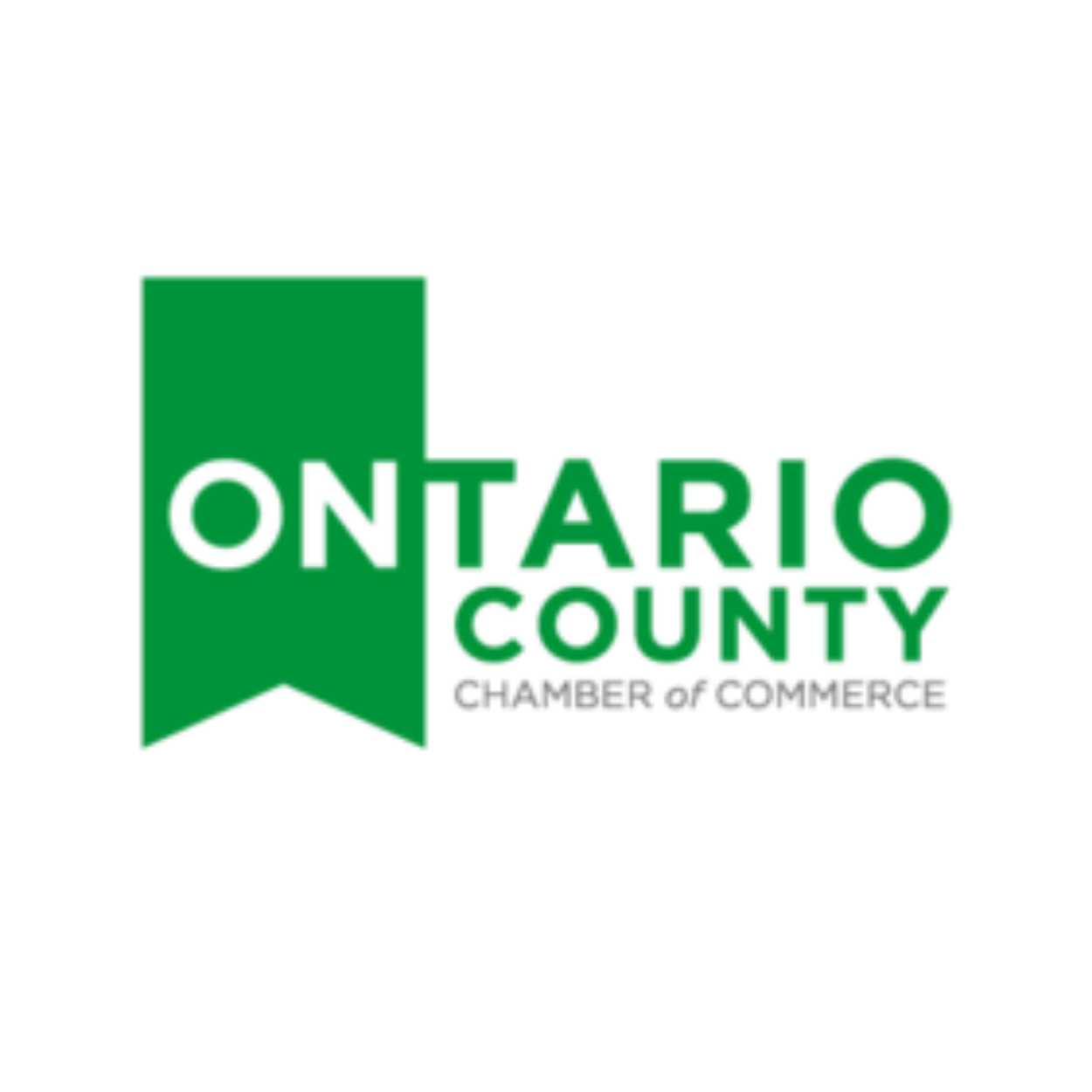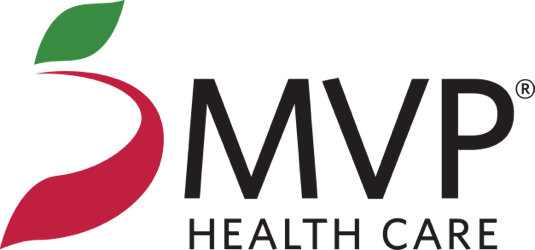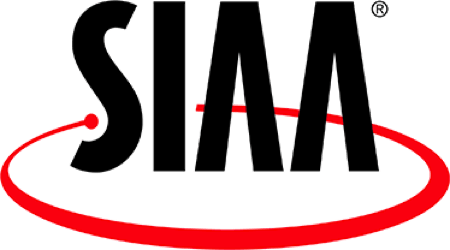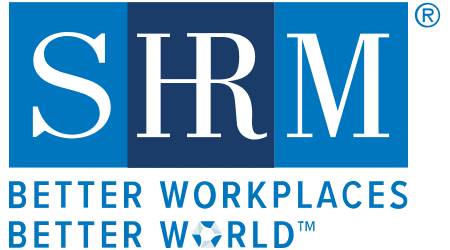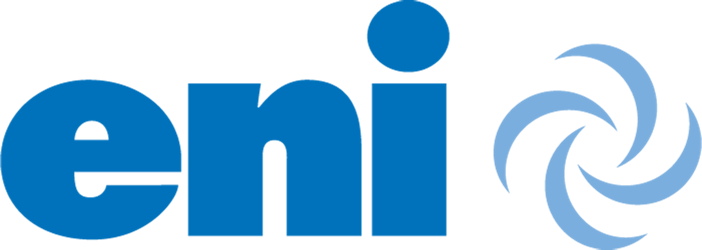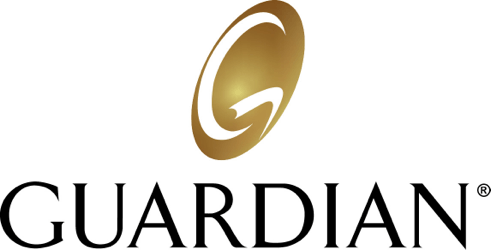Are you spending too much time on employee administration?
Streamline your Business.
Simco is committed to making an impact on the efficiency of business. We understand the frustrations managers face having less time, many responsibilities, no structure or system, and struggling to keep up with compliance. Simco steps in with a fully integrated Human Capital Management (HCM) system. We're here to lend our support, genuinely invested in your success!
Need a system for the entire employee life cycle?
We're more than just HR
Comprehensive services for your business.
Simco is your
one-stop resource, ready to assist with compliance, open enrollment, payroll processing, time and attendance systems, onboarding and offboarding, employee handbooks, risk assessments, Medicare group or personal sessions for your employees, and more.
Streamline your Payroll.
Simco provides full-service payroll for your business with combined knowledge, expertise, and advanced technology through our partnership with isolved. Our experienced payroll team has earned a distinguished reputation of providing accurate payroll processing that is efficient and secure.
Streamline your HR.
Have peace of mind knowing your human resources processes, policies, and systems are effective and in compliance. Simco can improve your processes while reducing administrative costs. Outsource various elements of your HR function to maximize efficiency while minimizing risk.
Streamline your Employee Benefits Process.
We will match your employees to their benefit options and make the enrollment process easier for your business. With our technology and personalized service, we can save you valuable time. Your employees can enroll for benefits, update personal records, and access their benefit information on their own. Our benefits team will ensure your plans comply with the appropriate state and federal regulations.
Streamline your Commercial Insurance.
We provide a comprehensive review of your suite of commercial insurance products to determine if your insurance coverage is the right size and type for your organization. We’ll assess and identify uncovered exposures or emerging risks that you need to address to protect your most valuable assets.
Our Employee Solutions Team
Our licensed insurance agents can help your employees, their spouces, friends and the public with any of their personal insurance needs.
Our Medicare team offers one-on-one consultations and group sessions to help individuals navigate through their options and timeline at no cost! Home, auto, renters and many more kinds of insurance are easy and free to quote. Appointments are required to serve everyone efficiently and are available in-person or virtually.
Retirement
At Simco, we offer PEPs (Pooled Employer Plans), a retirement solution created by the SECURE Act in 2020. PEPs expand access to retirement plans for all workers by allowing employers from unrelated industries to join a pooled plan arrangement. By adopting PEPs, businesses can enjoy benefits such as increased administrative efficiencies, reduced fiduciary risk, and the potential for significant cost savings.
-
Button
Full-service payroll, managed & reviewed processing, best practices, general ledger
-
Button
isolved and ADP Workforce Now systems, employee self-service technology
-
Button
Employee health insuance shopping, broker + administration, EAP, compliance
-
Button
Free guidance to help you navigate the Medicare process
-
Button
HR hotline, employee handbooks, job descriptions, compliance, background checks, sexual harassment training
-
Button
Free competitive quotes, personal service, and we share ways you can save money
-
Button
Recruiting and retention
-
Button
Commercial insurance, cyber & data breach insurance, workers compensation, disability insurance, director & offers liability
Sign up for our newsletter.
What is unique about us?
Learn more about Simco.
What sets us apart? Three things!
1. Configuring the isolved Platform to work & providing client training and support on its utilization.
2. Our people/core values
3. Single sign-on HCM technology
Not only are we cost-effective – we're the comprehensive solution you've been looking for. Give us a call! Discover why we're the complete package.
No Cost Medicare 101 Educational Seminar
Looking for industry insights?
Check out the latest from our blog.



More articles available on our Blog.
Our Services.
From the Blog.


Our Company.
Sign up for our Newsletter.
Designed and Developed by Vessel Digital Marketing



